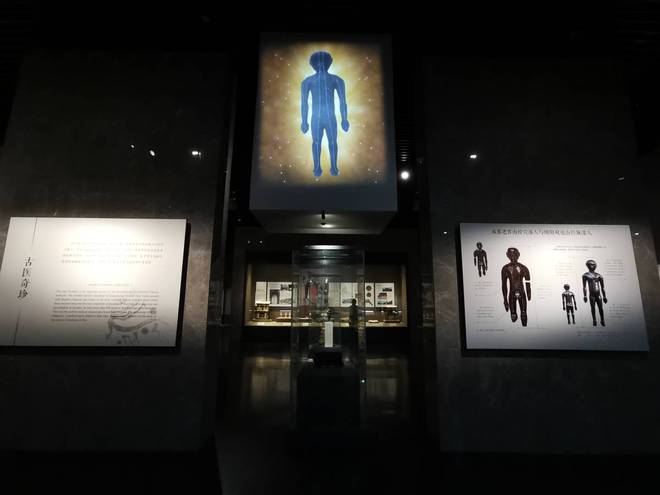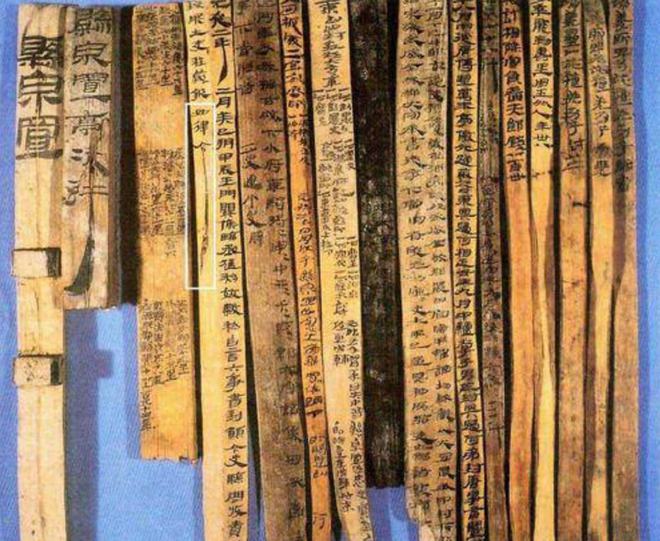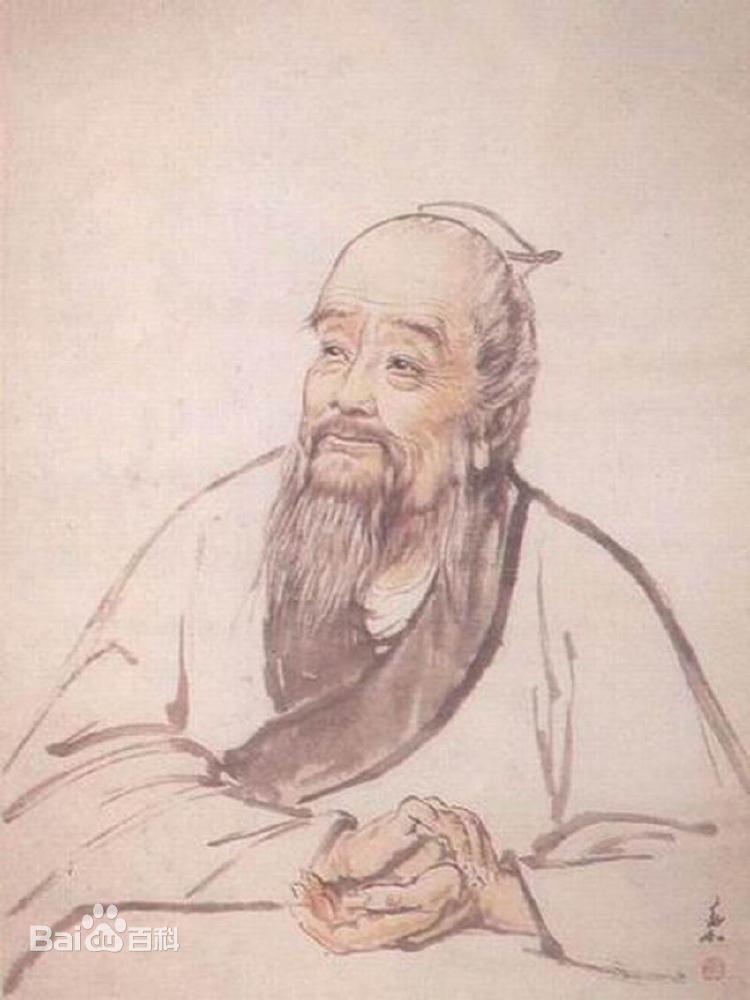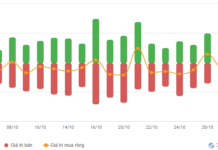A surprising discovery during the construction of the Chengdu subway in Sichuan, China, attracted the attention of Chinese archaeologists and shocked the country’s medical community.
In 2012, while Chengdu was building its subway system, three ancient tombs were unearthed. The tombs had long been raided by grave robbers, but surprisingly, the looters, either due to haste or greed, overlooked a ‘treasure’ underneath the coffins that would go on to astonish Chinese medical scholars.
A SERIES OF TREASURES THAT SHOCKED CHINA
The detailed story of this astonishing archaeological find began in July 2012 when Chengdu was constructing its Metro Line 3. Large-scale construction machinery was operating in full swing, and workers were busy building it towards Lao Quan Mountain, in the northern outskirts of Chengdu, Sichuan.
Suddenly, a large, dark pit was discovered, and it was quickly identified as an ancient tomb. Archaeologists from the Chengdu Institute of Cultural Relics and Archaeology were notified and dispatched to the site.
Xie Tao, a cultural relics expert, rushed to the scene and cautiously climbed into the dark and foul-smelling ancient tomb. When he shone his flashlight around, he noticed that the interior was quite spacious. Based on his experience, he surmised that it was a tomb from the Han Dynasty.
The team immediately began excavation and protection work. When the Han Dynasty tomb was unveiled, the experts knew that it had been disturbed by grave robbers. If the tomb had been robbed in ancient times, the looters would have typically taken only gold and silver items and other valuables. However, if it had been disturbed in recent years, the robbers would have likely taken most of the important cultural artifacts.
Through their archaeological investigations, the experts discovered a total of three large tombs, subsequently referred to as Tombs 1, 2, and 3.
1. Treasure from Tomb 1
In Tomb 1, the experts found, beneath the coffin, the most precious treasure of the burial site. It was not gold or jewels, but rather bamboo slips inscribed with handwritten characters and a few coins. This discovery delighted the archaeological team.
Over 50 bamboo slips were found in Tomb 1. After carefully collecting them, the experts immediately placed them in boxes for preservation, protecting them from air and bacteria.
Among the bamboo slips was one inscribed with the characters: “The Jing Family.” In other words, the owner of Tomb 1 had the surname Jing. Further research revealed that Jing was a noble family name of the Chu state. From this, it could be inferred that the owner of the tomb was a person from Chu who had moved to Sichuan.
To determine the age of the Han Dynasty tomb at Lao Quan Mountain, the experts meticulously studied the coins excavated from the burial site, some of which dated back to the Han Dynasty and others to the Qin Dynasty.
Based on the most recent coins, it could be deduced that the tomb’s owner lived in the early Han Dynasty and was likely buried during the reign of Empress Gao of Han, and no later than the reign of Emperor Jing of Han in Chinese history.
2. Treasure from Tomb 3 – Shocking Chinese Medicine
After examining Tomb 1, the archaeological team began searching Tomb 3 (the delay in opening Tomb 2 was due to the presence of buildings above it that had not yet been cleared). Similar to Tomb 1, Tomb 3 had also been ransacked by grave robbers, and the delicate cultural artifacts within had been stolen long ago.
Drawing on their experience from Tomb 1, the experts began searching at the bottom of the coffin. As expected, there was indeed a small ‘secret chamber’ underneath, but it was much larger than the one in Tomb 1.
The archaeologists retrieved a large number of burial objects from Tomb 3. Unfortunately, most of the exquisite gold, silver, and bronze items had been taken by looters, leaving only wooden and lacquered objects.
The team carefully cleaned the mud off a wooden lacquered statue. Once cleaned, the experts exclaimed in astonishment: “Look at that!”

They initially surmised that the owner of Tomb 2 was an eminent physician in ancient times.
Previously, the earliest human-shaped wooden statues with meridian lines discovered in China were unearthed from Han Dynasty tombs at Song Bao Mountain in Mianyang, Sichuan, in 1993. From this discovery, experts believed that traditional Chinese medicine flourished during the reign of Emperor Wu of the Han Dynasty. The reason for this belief was that acupuncture points are an essential part of traditional Chinese medicine, and the clearer the location of the acupuncture points on the meridian statues, the more advanced the ancient acupuncture techniques were.
However, with the discovery of the Han Dynasty tombs at Lao Quan Mountain, the understanding of meridian knowledge in traditional Chinese medicine was pushed back by nearly 100 years!
In terms of size, the meridian statues from Song Bao Mountain were larger than those from Lao Quan Mountain.
The experts used special chemicals to clean the meridian statues excavated from Tomb 3 at Lao Quan Mountain and then examined them closely with a magnifying glass.
The statues were covered in dense acupuncture points, and next to each point was a small inscription. These inscriptions clearly indicated the acupuncture points for the internal organs, face, and limbs of the human body.
Complex meridian lines crisscrossed the small statues, with the heart, liver, spleen, and lungs clearly marked, along with various acupuncture points on the shoulders and even around the navel. All of this left the archaeologists in awe.
Whenever texts are discovered within cultural relics unearthed from ancient tombs, they contribute to enriching China’s history. The small statues excavated from Tomb 3 at Lao Quan Mountain shocked the Chinese medical community.
For students studying traditional Chinese medicine, they often come across copper acupuncture statues, the earliest of which date back to the Northern Song Dynasty. As a result, practitioners of Chinese medicine often mistakenly believe that acupuncture developed only from the Song Dynasty onward.
In reality, acupuncture has a history of more than 4,000 years, and the meridian statues unearthed from the Han Dynasty tombs at Lao Quan Mountain prove that the Han Dynasty already possessed mature acupuncture techniques.
What excited the archaeologists even more was the discovery of over 900 thin wooden slips inscribed with ancient characters.

The experts in Chengdu were unable to decipher the writing on the wooden slips, so they invited a top expert in the field of archaeology in China to help—Dr. Wu Jiabi.
When Dr. Wu held the wooden slips, he was astonished to find that they contained medical writings by Bian Que (407 BC – 310 BC), a renowned physician from the Warring States period and the founder of pulse diagnosis in traditional Chinese medicine.

Bian Que – The Divine Physician of Ancient China. Source: Baidu
Bian Que’s real name was Qin Yueren. The reason he was called Bian Que—the name of a mythical bird in Chinese folklore—was to show respect for his rare and extraordinary medical talent.
Among the medical books were titles such as “Five-Color Pulse Diagnosis,” “Ancient Medical Classics,” “Sixty Medicinal Prescriptions,” “Causes of Diseases,” and “Symptoms of Various Illnesses.”
The excavation of these medical books by Bian Que holds great significance in understanding the development of traditional Chinese medicine and opens up a valuable repository of ancient medical knowledge. According to accurate historical records, Bian Que’s medical techniques had been lost and disappeared for thousands of years.
Ten years after the discovery of this valuable treasure, in 2022, the People’s Daily (China) reported that a team of experts from the Institute of History and Medical Literature of China, under the Chinese Academy of Medical Sciences; the Chengdu University of Traditional Chinese Medicine; the Jingzhou Cultural Relics Protection Center; and the Chengdu Cultural Relics Institute had successfully compiled the 900 wooden slips into eight precious medical books.
Thus, the ancient medical books were “republished,” giving China the opportunity to study and preserve this ‘priceless treasure.’
3. Treasure from Tomb 2
The excavation of Tomb 2 was delayed until 2013, mainly due to the presence of a large number of commercial buildings above it. As the archaeological team peeled back the layers of soil, new and important historical discoveries were revealed to the world.
In terms of area, Tomb 2 was larger than the other two tombs, and in terms of craftsmanship, it also appeared more exquisite. From this analysis, it could be deduced that, among the three tombs at Lao Quan Mountain, the owner of Tomb 2 held the highest social status.
However, a set of remains found outside the coffin perplexed the experts.
Upon opening the coffin, they realized that the remains found outside belonged to the owner of the tomb. The grave robbers had likely moved the remains out of the coffin to facilitate their looting. This also indicated that the owner of Tomb 2 had been robbed not long after being buried.
After 30 days of cleaning the tomb, the experts finally made a breakthrough discovery: they found fragments of silk fabric within the burial chamber.
Previously, the famous Shu silk fabric was known to originate from the pre-Qin period, but no silk fabric from Shu before the Han Dynasty had ever been unearthed in Sichuan.
Later, due to wars, only one of the four main Shu silk weaving techniques was passed down.
After meticulously restoring the silk fragments, the experts successfully revived the ancient Shu silk craftsmanship.
References: Sohu, 163, Baidu, People’s Daily





































